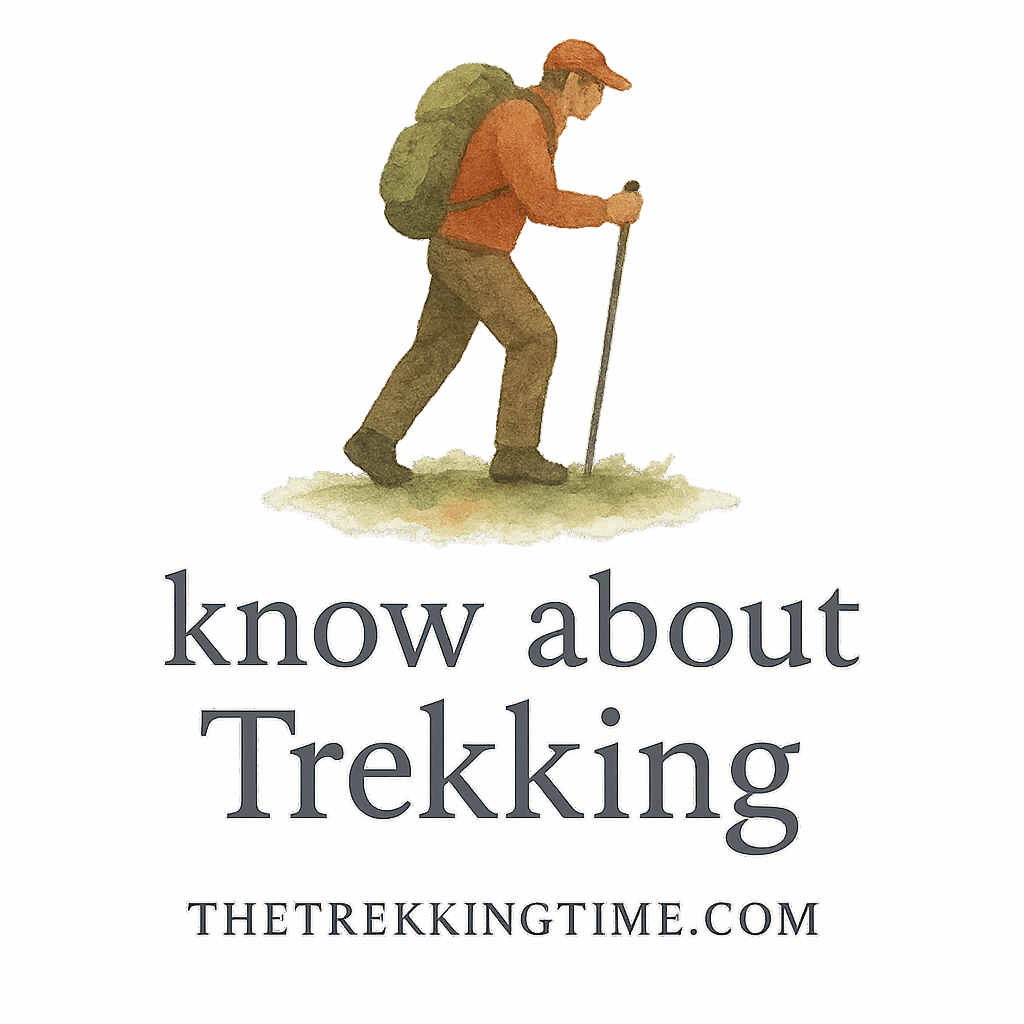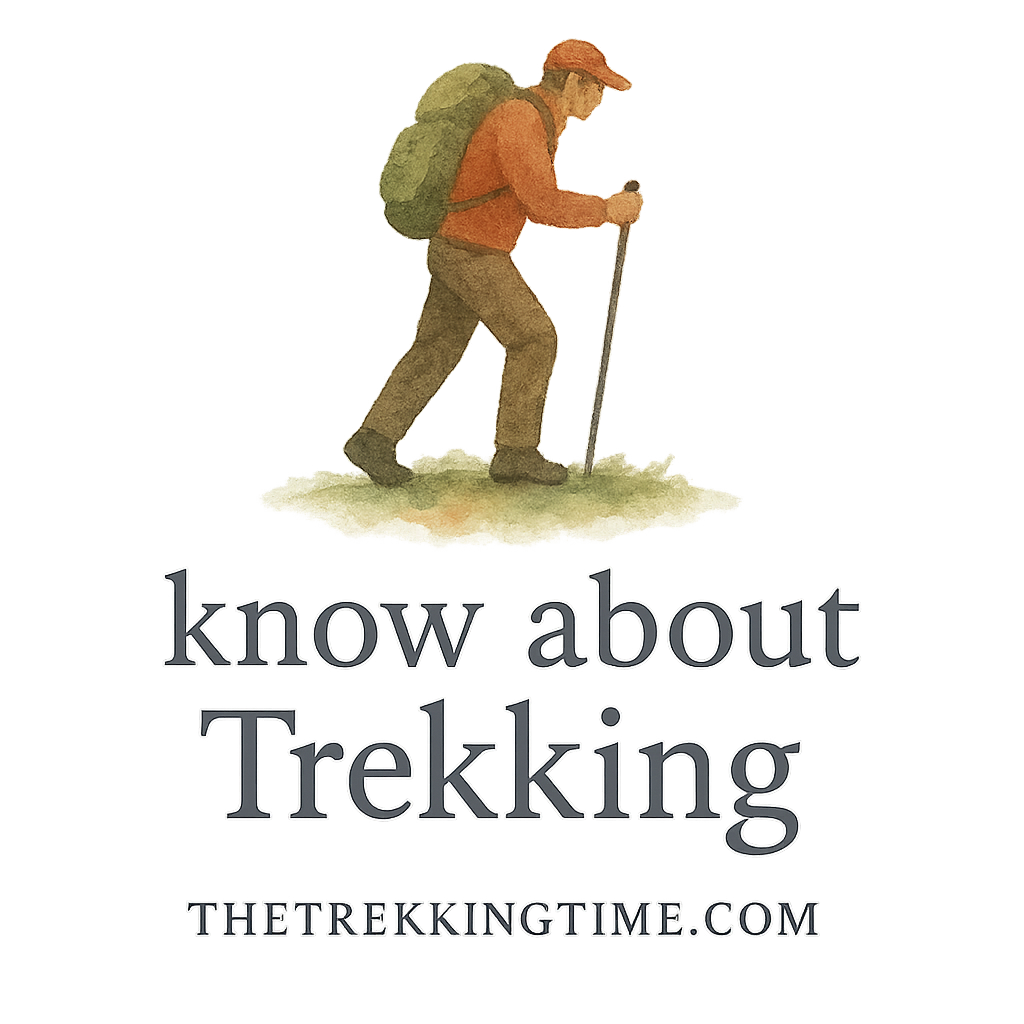Trekking isn’t just about majestic views and sore calves—it’s also about staying fueled and happy. And trust me, after a long day of hiking, there’s nothing quite like a hot trailside meal to recharge your body and lift your spirits. That’s where the right trekking cooking essentials come in.
Let’s break down the seven key items every trail chef needs to whip up something amazing in the wild.
Why Cooking on the Trail Matters
Health, Budget, and Joy
When you’re out on a multi-day trek, relying solely on energy bars won’t cut it. Cooking meals helps you eat nutritious, warm food, which supports your body’s recovery. Plus, it’s way cheaper (and more satisfying) than pre-packed freeze-dried meals for every night.
Cooking your own food also gives you control over ingredients—great for those with dietary needs or preferences.
The Mental Boost of a Hot Meal
Let’s be real: trekking is as much a mental challenge as it is physical. A hot bowl of noodles or a warm cup of tea at the campsite? That’s therapy. It gives trekkers a cozy ritual to look forward to and helps anchor the day’s end.
For mental clarity and emotional well-being, check out our guide on Trekking and Mental Health.
The Art of Lightweight Cooking
Pack Smart, Cook Smarter
Space and weight are precious in your pack. Cooking gear needs to be compact, efficient, and durable. Think minimalism meets functionality.
Balancing Weight vs. Utility
While it’s tempting to go ultra-light, cutting corners on essentials like cookware or fire starters can backfire. Strike a balance—pack smart, but don’t skip what you’ll really need.
For foundational prep advice, don’t miss our guide on Trekking Gear & Packing.
Essential #1: Portable Stove
Canister, Liquid, or Alternative Fuel?
Your stove is the heart of your trail kitchen. Common types include:
- Canister stoves: Lightweight, easy-to-use, and perfect for boiling water.
- Liquid fuel stoves: More complex but better for extreme conditions.
- Alcohol or solid fuel stoves: Ultra-light but slower to cook.
If you’re headed into high altitudes or cold areas like the Himalayas, liquid fuel might be more reliable.
Top Picks for Trekkers
Some crowd favorites include the MSR PocketRocket, Jetboil Flash, and BRS-3000T. They’re compact, reliable, and boil water in a flash.
Essential #2: Lightweight Cookware
Pots, Pans, and Multipurpose Magic
Aim for non-stick, titanium or hard-anodized aluminum cookware. A single pot can be your boiler, steamer, and even your cup. Bonus if it nests with your stove.
Cleaning Tips on the Trail
Use minimal water, biodegradable soap, and a small sponge. Check out our article on trekking safety and hygiene for eco-friendly practices.
Essential #3: Utensils that Matter
Sporks, Foldables, and More
Bring a spork, a small knife, and maybe tongs if you’re fancy. Look for utensils made of titanium or BPA-free plastic, and keep them in a mesh bag for quick access.
Want to cook without breaking rules? Learn proper trail etiquette to keep your fellow hikers happy too.

Essential #4: Reliable Fire Starter
Waterproof Matches vs. Lighters
Bring two or more fire-starting options. Waterproof matches, a stormproof lighter, and even a flint striker are good backups. You never want to rely on just one.
Essential #5: Compact Food Storage
Bear-Proof Bags and Odor-Proof Systems
Keep your food safe from animals and secure from spills. Options include:
- Bear canisters (required in some places)
- Odor-proof bags like Opsak
- Dry sacks to keep everything organized and moisture-free
Always follow the rules of safe trekking in wildlife zones.
Essential #6: Cleanup and Waste Tools
Leave No Trace Cooking Ethics
The outdoors isn’t your backyard kitchen—leave it better than you found it. Pack out all waste and food scraps.
Biodegradable Soap and Scrub Tools
Use unscented, biodegradable soap and a soft sponge. Bring a tiny microfiber towel to dry off gear. It’s all part of being a responsible outdoor hiker.
Essential #7: Easy-to-Cook Trail Recipes
Instant Yet Nutritious Options
Here are a few foods that balance taste, nutrition, and prep time:
- Instant oatmeal with nuts and dried fruit
- Couscous with veggie bouillon and spices
- Ramen upgraded with dehydrated veggies and eggs
Sample One-Pot Meals
Try this: Pasta with sun-dried tomato, tuna, and olive oil. Just one pot, ten minutes, and you’re in heaven. More ideas? Visit Trekking Basics.
Final Packing Tips for Trekkers
Organize by Meal, Not by Item
Pre-pack meals in labeled ziplocks. This makes cooking and cleanup faster, with less rummaging.
Safety Tips While Cooking Outdoors
Always cook away from your tent, preferably in a cleared space. Never leave a stove unattended, and store fuel safely. Read more on trekking safety.
Link Up with Trekking Resources
Want to take your outdoor game to the next level? Check out these amazing guides from The Trekking Time:
- Fitness Prep for Treks
- Choosing Your Trekking Destination
- Trekking Trail Info
- Wellness Benefits of Trekking
- Difficult Routes & Challenges
- Mountain Trekking Advice
Conclusion
Cooking while trekking isn’t just about feeding your belly—it’s about nurturing your spirit, managing your energy, and embracing the full adventure. With the seven trekking cooking essentials in your pack, you’ll be ready to make meals that fuel unforgettable experiences. Whether you’re hiking through forest trails or climbing mountain passes, a hot meal can turn a tough day into a triumphant one.
So pack your spork, fire up your stove, and get ready to eat like a trailblazing chef!
FAQs
1. What is the best stove for trekking?
Canister stoves like the Jetboil Flash are popular due to their light weight and quick boiling times.
2. Can I cook fresh food while trekking?
Yes, but it’s limited. Most trekkers combine shelf-stable items like dried beans, pasta, and rice with a few fresh items for the first day or two.
3. What’s the easiest meal to cook on the trail?
Instant noodles or oatmeal—they’re quick, filling, and just need boiling water.
4. How do I clean cookware without lots of water?
Use a small amount of biodegradable soap and a microfiber cloth. Scrape off food first to reduce mess.
5. Is it safe to cook inside your tent?
No! It’s dangerous due to fire risk and carbon monoxide. Always cook outside, away from gear.
6. How much fuel do I need for a 3-day trek?
Roughly one 100g canister for light cooking (boiling water) per person should suffice for 2-3 days.
7. Where can I find more tips for trekking preparation?
Explore Trekking Fitness & Prep and Trekking Basics on The Trekking Time for expert advice.


